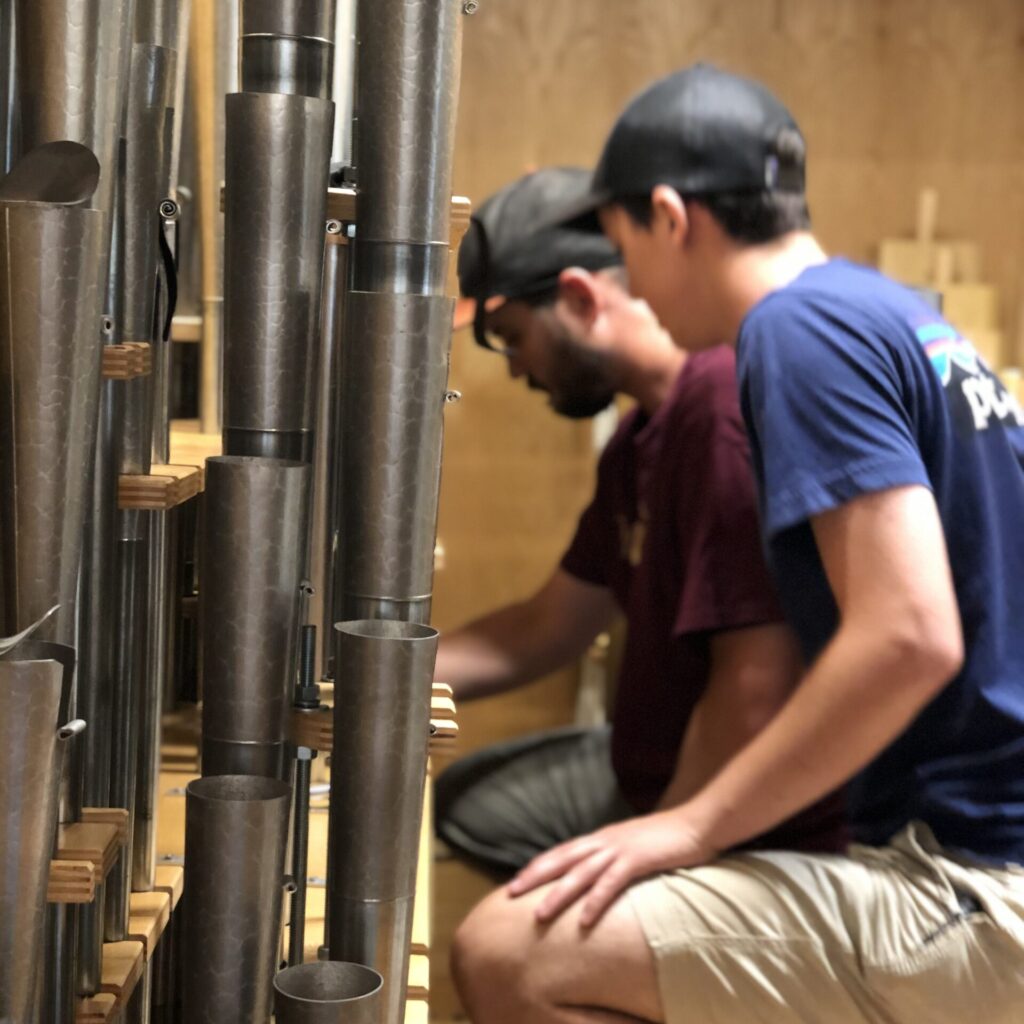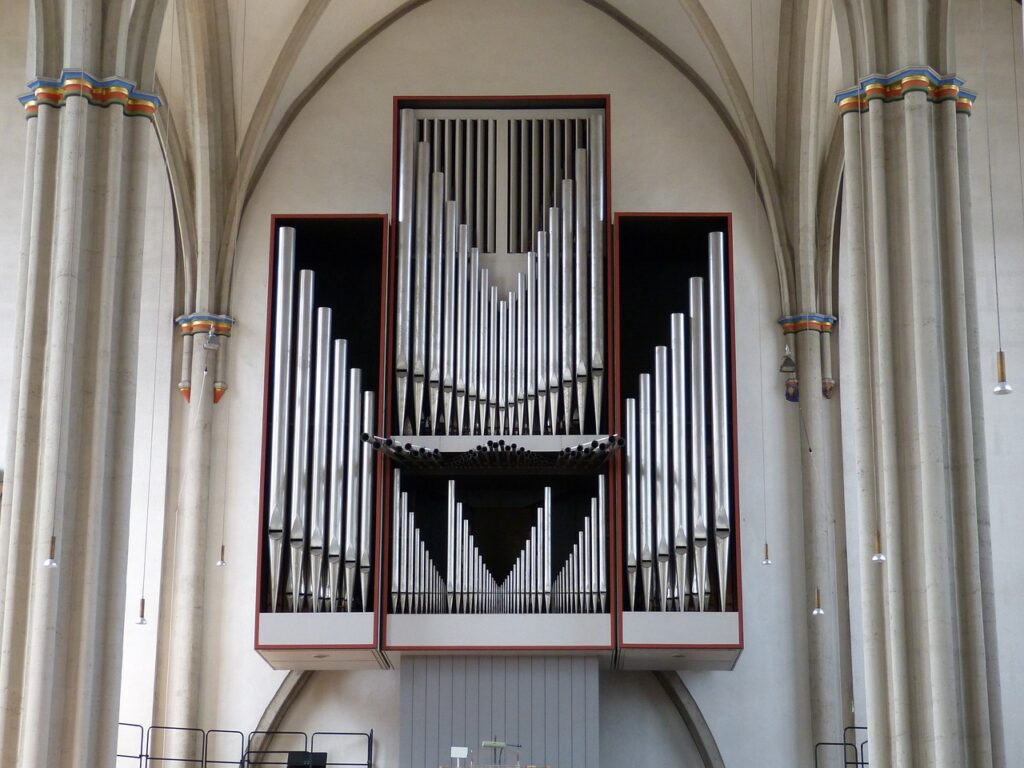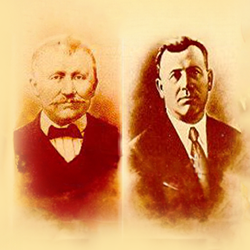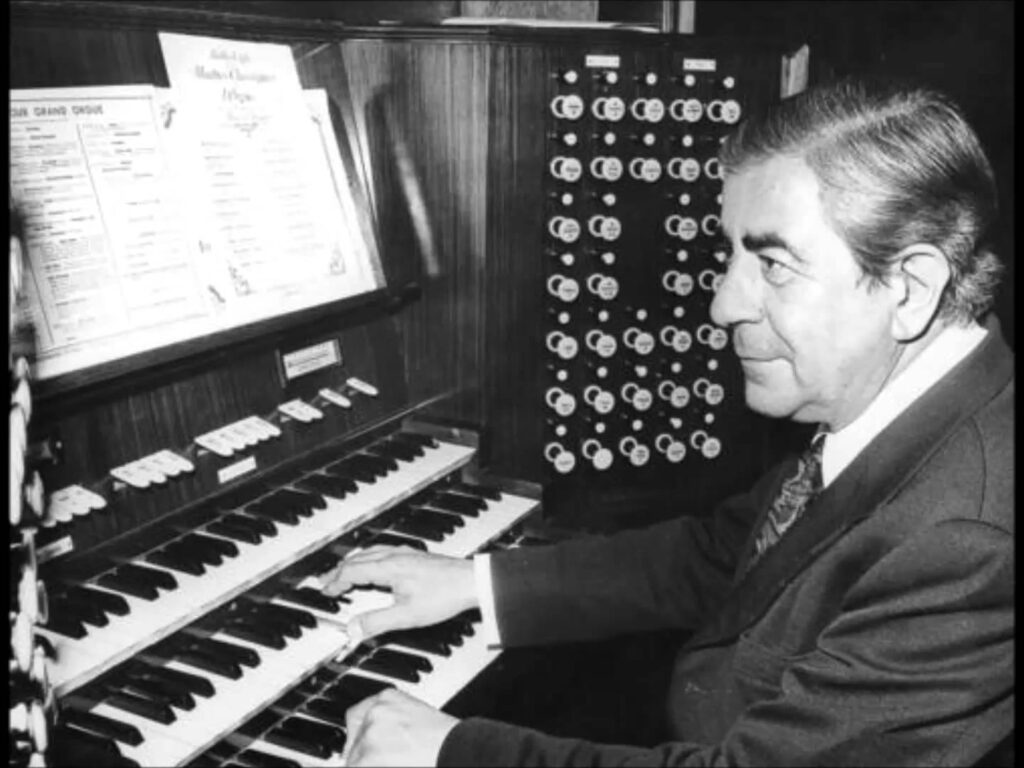Pierre Cochereau transformed 20th-century organ music with his exceptional improvisational skills and influential tenure at Notre Dame Cathedral in Paris. He captivated audiences with his spontaneous compositions, blending classical tradition with bold innovation. His groundbreaking techniques and imaginative interpretations redefined organ performance, setting a new standard for musicians around the world. Organists, composers, and music enthusiasts continue to study his recordings and draw inspiration from his passion, creativity, and technical mastery. His profound influence shaped both sacred and concert organ music, leaving a lasting impact that extends far beyond his lifetime.
Pierre Cochereau: A Musical Prodigy
Born on July 9, 1924, in Saint-Mandé, France, Pierre Cochereau displayed extraordinary musical talent from a young age. He eagerly immersed himself in music, showing an early aptitude for the piano and organ. His parents, recognizing his gift, encouraged his musical education, which led him to study at the prestigious Paris Conservatory. Under the guidance of eminent musicians, he refined his technique, developing a deep understanding of composition, harmony, and improvisation. His passion and discipline set him apart, and he quickly gained recognition for his remarkable ability to create complex and expressive music on the spot.
In 1955, Cochereau earned the distinguished position of titular organist at Notre Dame Cathedral in Paris. This role provided him the opportunity to refine and showcase his innovative style, fusing classical traditions with daring improvisational techniques. His performances became legendary, drawing audiences from around the world. His recordings of improvisations, still celebrated today, capture the brilliance and emotional depth that defined his artistry.
The Art of Improvisation
Pierre Cochereau revolutionized organ music with his unique improvisation. Unlike many organists who strictly followed composed music, he created complex, intricate compositions on the spot. Recordings of his improvisations, later transcribed, showcased his genius in harmonization, structure, and thematic development.
Beyond the concert hall, Cochereau performed live improvisations during church services, captivating audiences with his spontaneous yet profoundly moving pieces.
A Lasting Legacy
Pierre Cochereau left an immeasurable impact on organ music. His contributions remain relevant because of his creative methods, recordings, and commitment to education. He inspired countless musicians, many of whom continue to carry forward his teachings and improvisational style.
Cochereau passed away on March 5, 1984, but his music lives on through his recordings and the many students he mentored. His work remains a vital part of the organ repertoire, reminding the world of his brilliance and dedication to the craft.
Explore Our Collection of Digital Organs
Inspired by Pierre Cochereau’s legacy? Experience the power and versatility of a world-class organ for yourself. At Viscount North America, we offer a premium selection of digital organs designed to bring the beauty of organ music into your home, church, or concert space.
Related Posts

Organ Maintenance: Must Knows Of Cleaning Your Viscount Organ

Why Churches Need Good Pipe Organs


